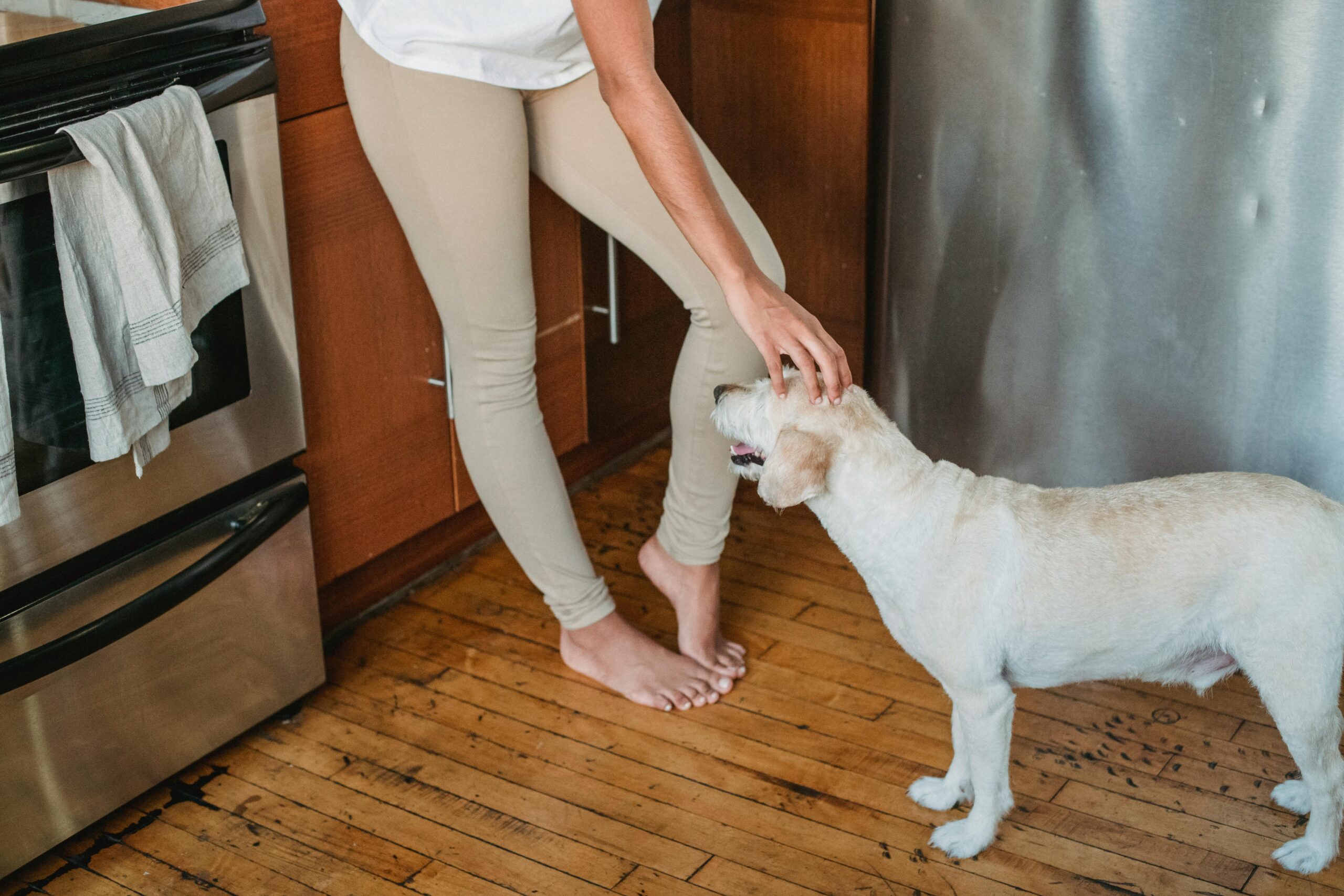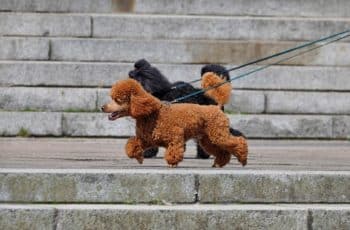Last updated:
Dog training can significantly improve the bond between you and your furry friend. Different breeds have unique needs that must be met to achieve the best results. Customized training programs are essential for addressing these specific requirements.
When it comes to dog training, one size does not fit all. Each breed has its own characteristics, tendencies and needs that should be considered to ensure effective training. By understanding these differences, you can select a program that best suits your dog’s nature and enhances their learning experience.
Understanding Breed-Specific Behaviors
Different breeds exhibit distinct behaviors due to their historical roles and genetic predispositions. For instance, herding breeds like Border Collies are highly energetic and need constant mental stimulation, while guarding breeds such as Rottweilers may require more structured boundaries and leadership.

Recognizing these traits is crucial when training a puppy because it allows you to tailor your approach to match their natural instincts. Breed-specific behaviors also extend to trainability and learning styles. For example, working dogs like German Shepherds often excel in obedience training due to their eagerness to please and high intelligence.
Independent Breeds
On the other hand, independent breeds such as Siberian Huskies or Shiba Inus may require more patience and creativity in training approaches. Understanding these inherent traits allows trainers to adapt their methods, set realistic expectations and create a more effective and enjoyable learning experience for both the dog and the owner.
Breed-specific behaviors can also influence a dog’s interaction with its environment. For instance, terriers were originally bred to hunt small prey, which can manifest as a tendency to dig or chase small animals. Sporting breeds like Retrievers may have a natural inclination to carry objects in their mouths.
Outlets Based on Characteristics
Owners can provide suitable outlets for their dogs’ natural tendencies by acknowledging these innate characteristics. For example, terriers can have designated digging areas, and sporting dogs can play retrieval games.
By channeling these breed-specific tendencies into positive activities, owners can prevent destructive behaviors and enhance their dog’s overall well-being and trainability.

Selecting the Right Training Methods
Choosing the appropriate training methods based on your dog’s breed is paramount. Positive reinforcement techniques work well for most breeds, but some may respond better to other methods.
For example, scent hounds like Beagles thrive on reward-based training that capitalizes on their keen sense of smell, while working breeds may benefit from obedience drills that harness their drive to perform tasks. Adapting the overall effectiveness of your chosen training regimen can enhance your dog’s learning experience.
It’s also important to consider the individual dog’s personality within the breed when selecting training methods. While breed tendencies provide a general guideline, each dog is unique. Some may respond better to clicker training, while others might prefer verbal praise or food rewards.
Experimentation and close observation of your dog’s responses will help you fine-tune your approach. Additionally, consulting with professional trainers who specialize in your dog’s breed can provide valuable insights into effective techniques that have worked well for similar dogs in the past.
The Importance of Socialization
Socialization is a critical aspect of any dog training program, regardless of breed. However, different breeds may require varied socialization approaches based on their temperaments.
For example, smaller breeds like Chihuahuas might need gradual exposure to larger dogs to build confidence, while more sociable breeds such as Labradors often benefit from group play sessions.

When to Socialize a Dog
Proper socialization helps prevent behavioral issues and ensures your dog becomes a well-adjusted member of society. The timing of socialization is crucial and can vary depending on the breed. While the general rule is to socialize puppies between 3 and 16 weeks of age, some breeds may benefit from extended socialization periods.
For instance, guardian breeds like Great Pyrenees may need ongoing socialization throughout adolescence to prevent overprotective behaviors. Conversely, highly social breeds like Golden Retrievers might adapt more quickly but still require consistent exposure to various stimuli to maintain their friendly demeanor. Tailoring the socialization timeline to your dog’s breed and individual needs can significantly impact their long-term behavior and adaptability.
Adjusting Training Intensity
The level of intensity in a training program should align with your dog’s energy levels and endurance. High-energy breeds like Huskies require rigorous physical activity and mental challenges to stay engaged, while more laid-back breeds like Bulldogs might benefit from shorter, more focused sessions. Adjusting the intensity of the training not only keeps your dog motivated but also prevents burnout and fosters a positive learning environment.

Age and Health Considerations
Critical considerations also play a vital role in determining appropriate training intensity for different breeds. Brachycephalic breeds like Pugs or French Bulldogs may require lower-intensity training sessions with frequent breaks to prevent overheating or respiratory distress.
Similarly, large breeds prone to joint issues, such as Great Danes or Saint Bernards, benefit from low-impact training exercises that don’t put excessive strain on their developing bones and joints.
As dogs age, adjusting the training intensity becomes even more critical to accommodate potential age-related health concerns while still providing mental stimulation and physical activity appropriate for the breed.



